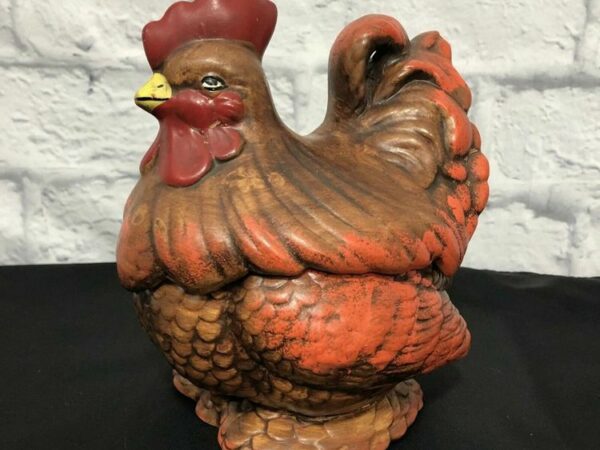When purchasing antique furniture, you should look out for antique pieces that are stamped with their maker’s mark. Doing this will not only help you figure out the year when the antique piece was made but will also help you better estimate the exact value of the antique.
The subject of identifying antique furniture makers’ marks can seem confusing and overwhelming to someone with a new interest in the antique furniture industry. This article, however, should make the subject much easier even for absolute beginners. By the time you reach the end of this guide, you will know how to identify antique furniture makers’ marks.
Table of Contents
Locating Antique Furniture Makers’ Marks
Furniture marks can become a mystery when you find them, and in some cases, locating the marks can be just as puzzling. When looking for antique furniture marks, the best places to start include:
- The inside – or underside – of drawers. This is a popular location for burned-in marks and labels.
- The back of the furniture. Some manufacturers often used cheaper wood on the back of their furniture. Most of these manufacturers preferred to place the labels and marks on the cheap wood, where it wouldn’t damage the finish.
- The lower edges of the antique furniture. Check on the back and side edges. This is usually an ideal place for metal tags.
Identifying Antique Furniture Makers’ Marks
After locating the furniture maker’s marks, the next step is to identify the furniture maker to whom a specific mark belongs. Below, we will look at different furniture makers and their marks.
Marks on Antique Furniture Made in Britain
In the early days, Britain did not have strict rules and regulations requiring furniture manufacturers to stamp – or label – every piece they made. It is, therefore, exciting – and often unusual – to come across British antique furniture with the maker’s marks on it.
The earliest English antique pieces feature crude marks. It was only in the 18th & 19th centuries that the British furniture manufacturers started marking their pieces with handwritten and more sophisticated ink inscriptions on paper labels. In some cases, the labels were incised into the furniture’s wood.
Below, we will take a deeper look at some of the antique furniture makers that used labels and marks on their pieces:
1. Gillows of Lancaster and London
A well-known cabinet maker in the old days, Gillows of Lancaster and London punched a stamp “Gillows. Lancaster” onto the drawer’s insides or at the bottom of their pieces. What’s even more surprising, most of the company’s antique pieces feature names of the workmen who were involved in their creation.
2. Ramsey and Co., Manufactory
A company that was very active at the beginning of the 19th century, Ramsey and Co., Manufactory produced canterburies. These antique pieces featured a carrying handle and had a frieze drawer that held sheet music. The canterburies were only available in wealthy homes back in the 19th century.
Surprisingly, the maker of the canterburies used a sophisticated inscription to stamp the furniture pieces. The inscription read “From RAMSEY & CO., MANUFACTORY No. 83 High Street POPLAR.”
3. Makers of the Sheraton Furniture
Some of the companies that produced the Sheraton furniture towards the end of the 18th century often used labels on their products. It is not uncommon for antique collectors to come across antiques with the name of the previous owner, manufacturer, and maker’s location.
Most of the labels used, however, were paper-based. This means only the well-preserved antiques may still have labels on them.
Resources to Use When Identifying British Antique Furniture Maker’s Marks
If you are lucky to locate a maker’s mark on British antique furniture, finding the relevant information for the piece should be easier for you. Consulting “London Furniture Makers 1660 to 1840” should give you a head start on getting the information you need. For more details on the piece of furniture, you can always check the Dictionary of English Furniture Makers 1660 to 1840.
Marks on Antique Furniture Made in America
The makers of the majority of surviving early American furniture pieces are unknown. However, to the great joy of today’s antique collectors, some early artisans did inscribe, label, stencil, and brand their furniture.
The distinguishing maker’s marks wrest the antique furniture pieces from historical anonymity, transforming them into artifactual evidence and representatives of specific times and places of manufacture. The marked antique pieces also serve as the Rosetta stones for evaluating and identifying the anonymous pieces.
Below, we will look at examples of the earliest American furniture makers that placed marks on their pieces:
1. 17th Century Makers
Robert Rhea
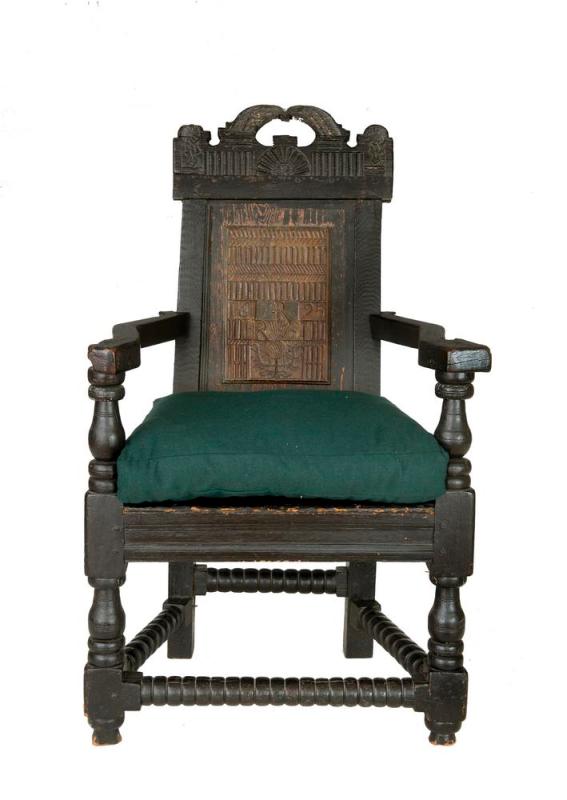
Some scholars argue that Robert Rhea – from Shrewsbury, New Jersey – was the first furniture maker to mark his pieces. A joined armchair that dates back to 1695 has Robert Rhea’s initials.
Robert Rhea’s mark represented him and his wife. Their initials were carefully worked into the chair’s ornament.
2. 18th Century Makers
Edward Evans
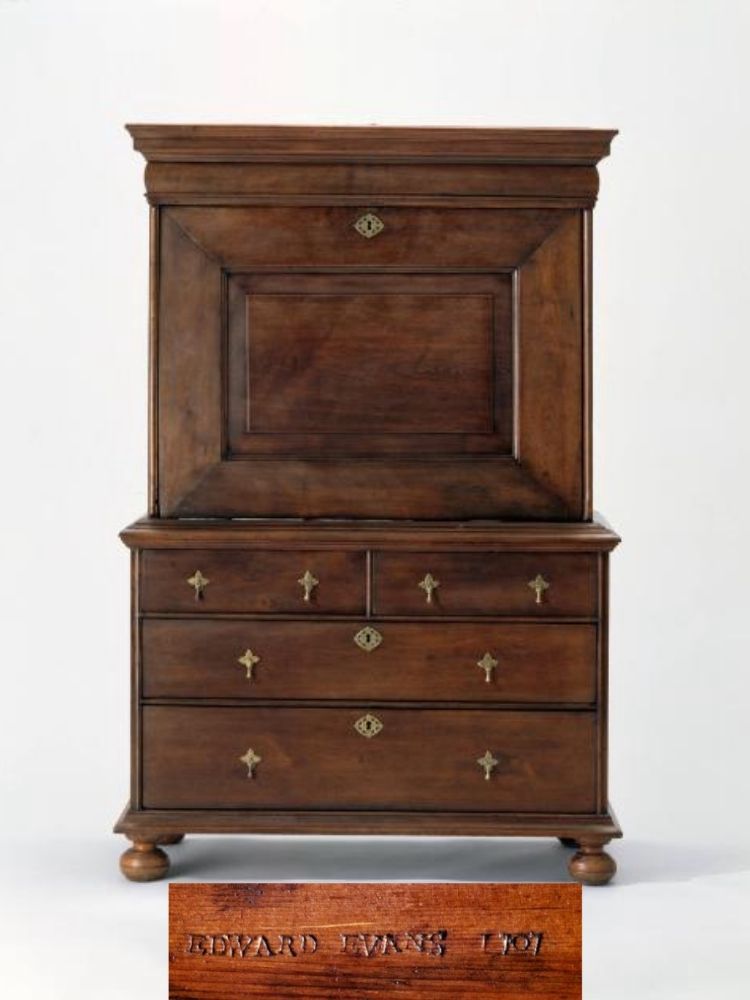
The American makers’ mark “EDWARD EVANS 1707,” appears in the Philadelphia escritoire. The mark appears as if the creator struck one character at a time.
Joel Bailey
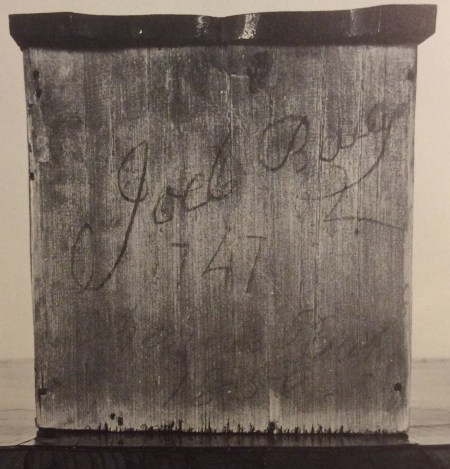
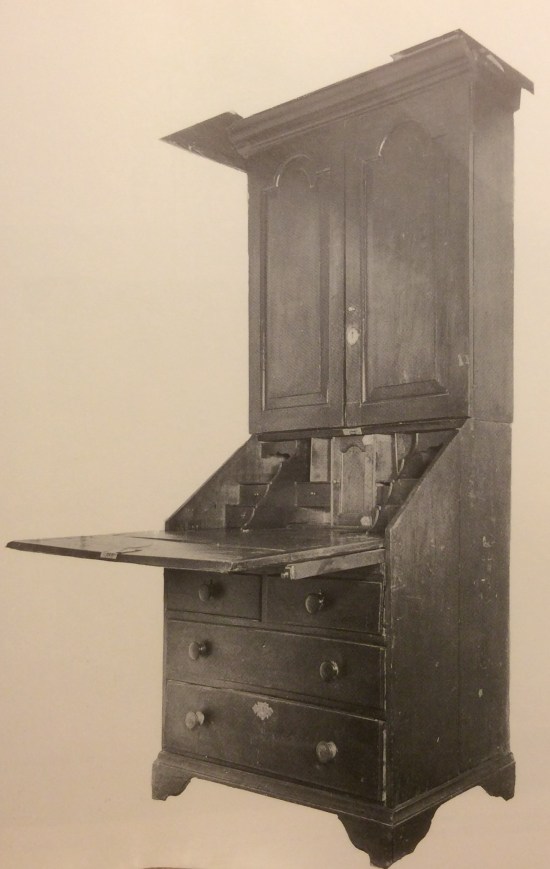
Another furniture maker’s mark was a signature placed on a desk-and-bookcase back in 1747 by Joel Bailey who was only 15 at the time.
Edmund Edes
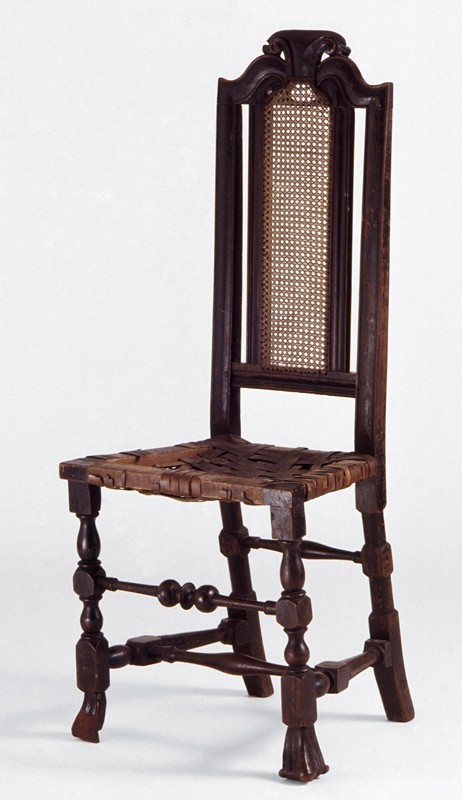
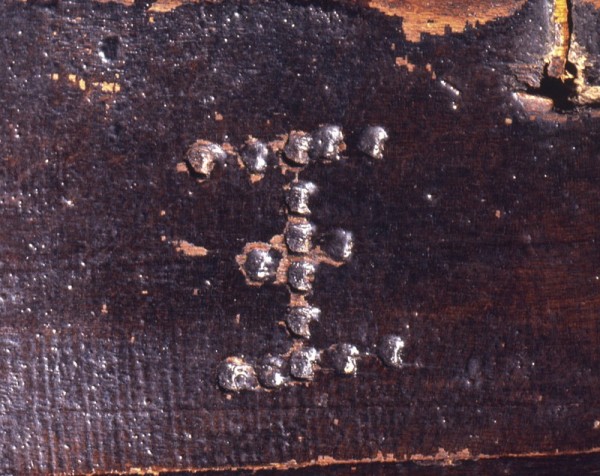
One of the more enigmatic marks by American makers at the beginning of the 18th century featured punch marks arranged as “I” with a dash through the center. This is interpreted by some furniture scholars as back-to-back Es.
The back-to-back Es mark appears on various baroque turned chairs. The maker’s mark is often assigned to Edmund Edes, a furniture joiner who is believed to have lived in Boston in 1709.
William Savery
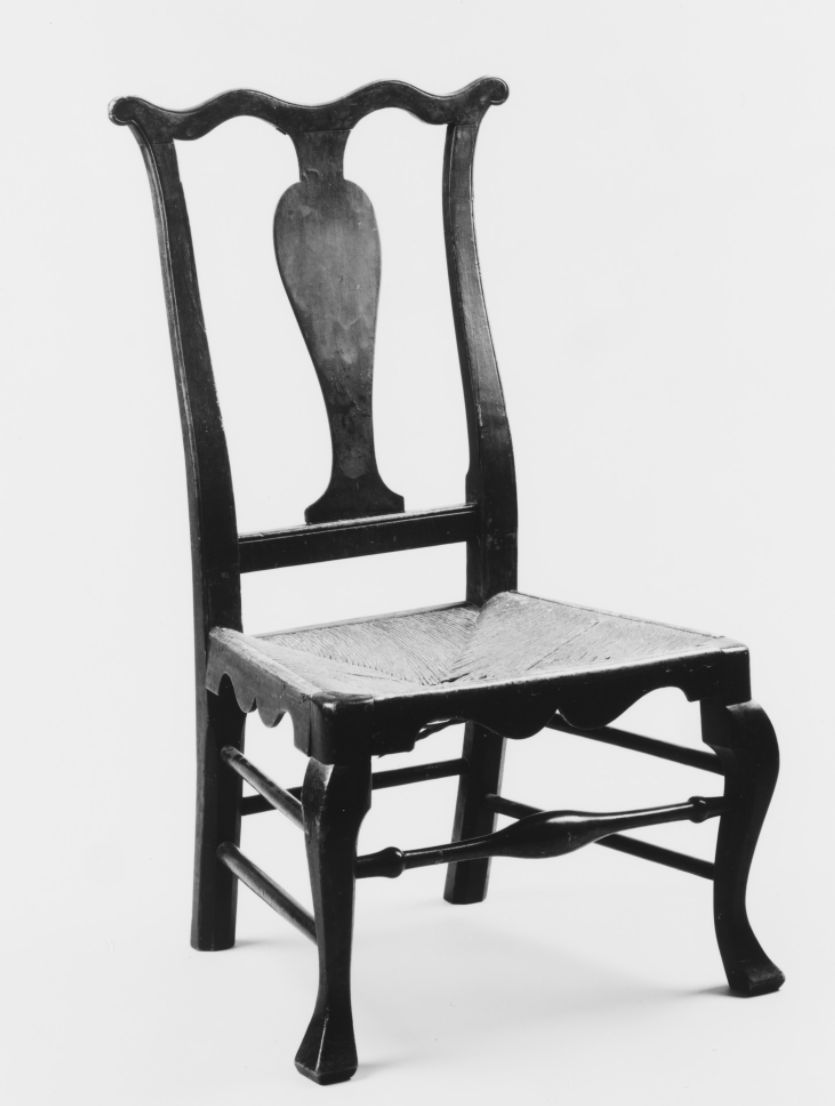
Philadelphia furniture maker – William Savery – is among the earliest furniture producers to use labels printed on paper. William Savery was alive between 1721/22 and 1787. It is, however, worth noting that none of the 6 different paper labels by Savery are dated.
The earliest paper label is probably the one noting that William Savery produced “all sorts of rush bottom chairs.” 3 or 4 labels advertised “joiner’s work and chairs produced and sold by William Savery” and also directed the readers to Savery’s place of work.
The remaining paper label in the group of 4 labels referred the potential buyers to the “Sign of chair, coffin, and chest of drawers.” This label suggested that Savery diversified his production further.
The 6th label only records William Savery’s name above “[No. ——],” with a space that seems to have been left for ink inscriptions. There is a high probability that this paper label was the latest as it appears on serpentine-front drawers – this form of furniture is not recorded to have been made in America before 1771.
Joseph Cox
3. 19th Century Makers
John W. Thomas
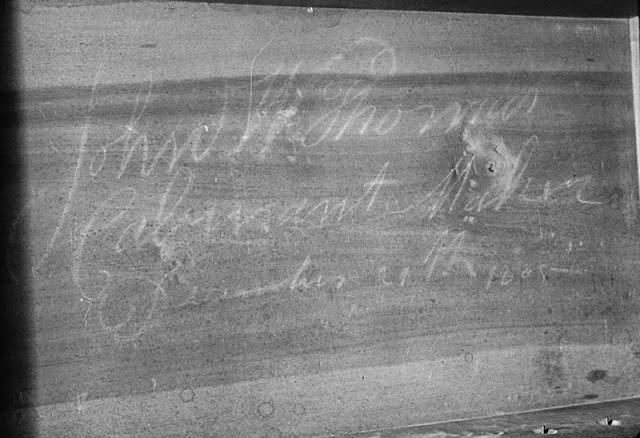
Signatures commemorating the transition to independent artisans from apprenticeship are some of the most common maker’s marks that originate from the beginning of the 19th century.
A chest-on-frame – probably made in Pennsylvania – features the bold signature that was made using chalk “John W. Thomas / Cabinet Maker” and the date that it was added “December 27th, 1805.” This mark was added inside the bottom of the 2nd largest drawer made at the beginning of the 19th century.
George Gregg
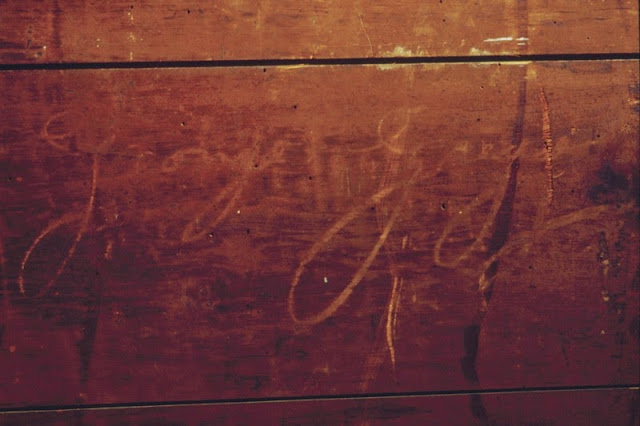
Another chalk inscription appeared on the right corner (on the upper part) of the backboards. This inscription read “George Gregg.”
From the end of the 18th century to around 1819, George Gregg, who was alive between 1763 and 1833 was regularly listed as a cabinetmaker or joiner in the tax assessments of Kennett Square, which happened to be a small rural community in the southwestern part of the Philadelphia region. A receipt from producing a coffin showed that George Gregg worked alone in Kennett Square by 1791.
Resources to Use When Identifying American Antique Furniture Makers’ Marks
Not all American antique furniture makers’ marks are easy to identify. If you find it hard to identify specific marks on your antique, detailed resources may be a perfect solution.
A good place to start your research on American antique furniture makers’ marks will be ” Field Guide to American Antique Furniture” by Joseph T. Buttler. Also, you may want to try an online resource like Antique Marks.
Conclusion
Identifying antique furniture pieces – and accurately determining their value – is a complex process. However, there is one effective way to initiate the process: locate the antique furniture makers’ marks. To the avid antique collector, the furniture makers’ marks can be like gold dust.
In this detailed guide, we show you how to identify antique furniture makers’ marks. If you feel like you need more information – or have a question on the topic – talk to us in the comment section.
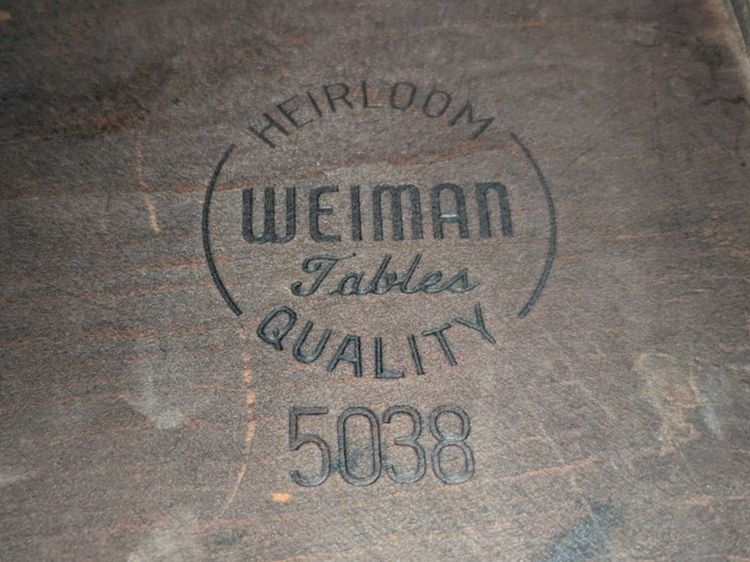
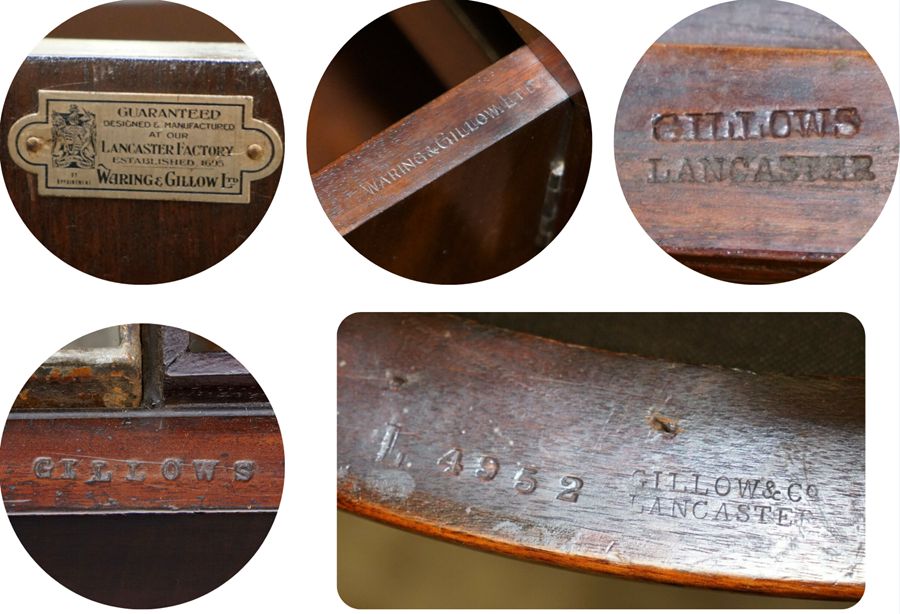
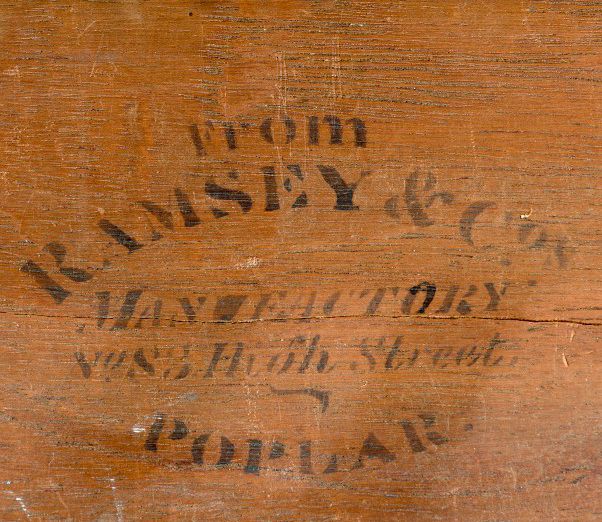
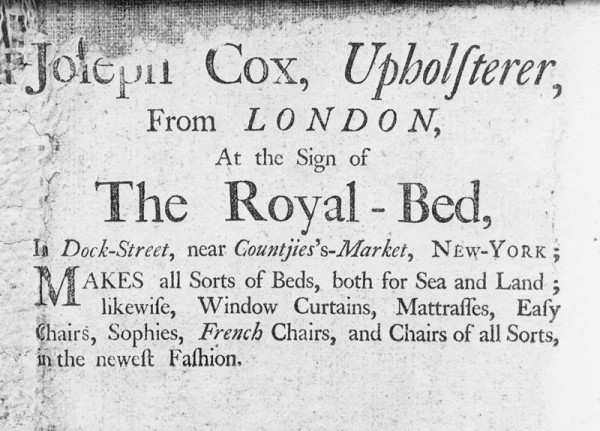
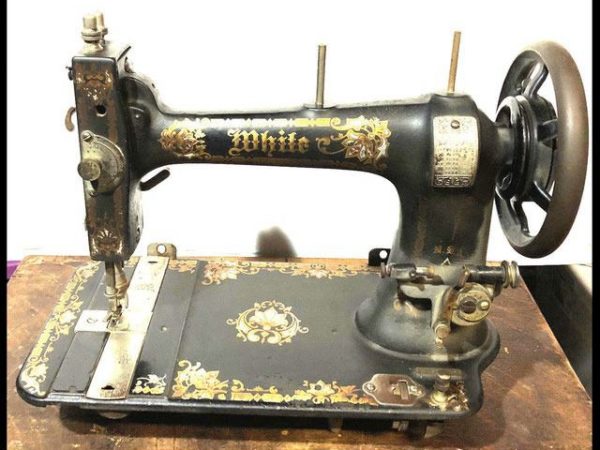

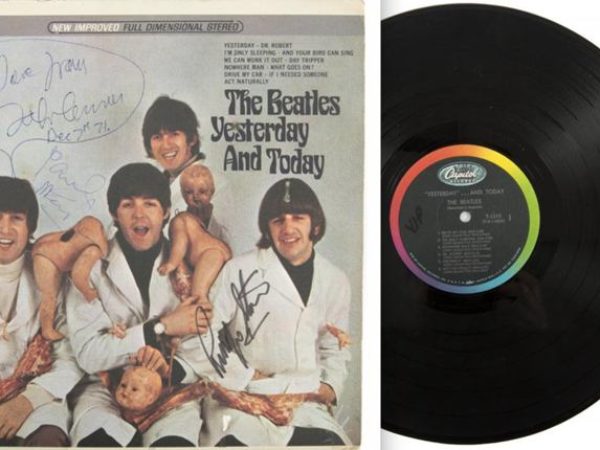
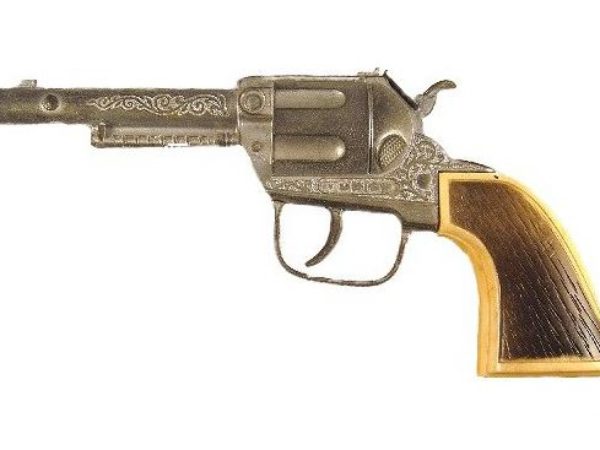
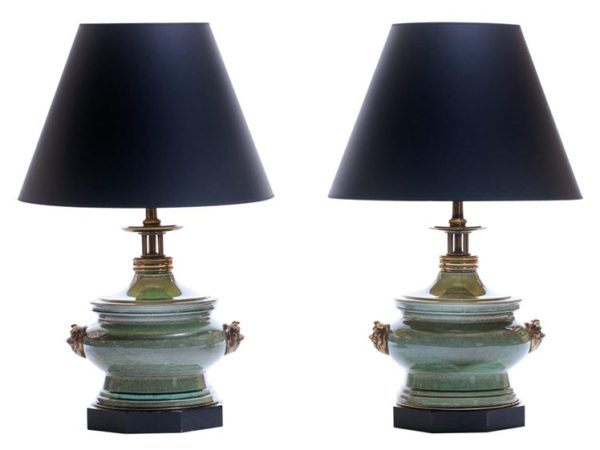
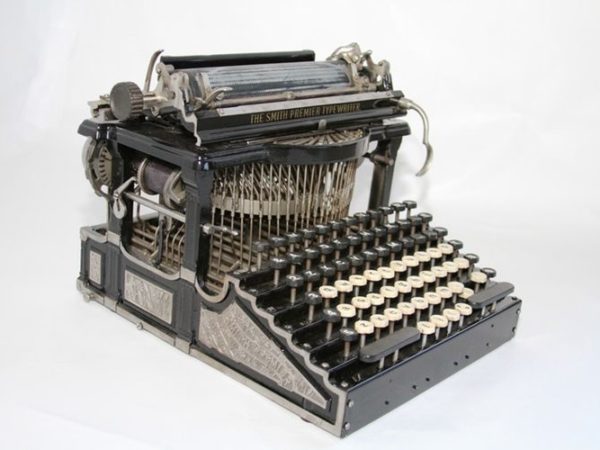
![Vintage Schwinn Bikes: [Types, Identification, and Values]](https://www.txantiquemall.com/wp-content/uploads/2022/05/5.-Schwinn-1967-Ramshorn-Fastback-Stingray-Sky-Blue-vtg-600x450.jpg)
